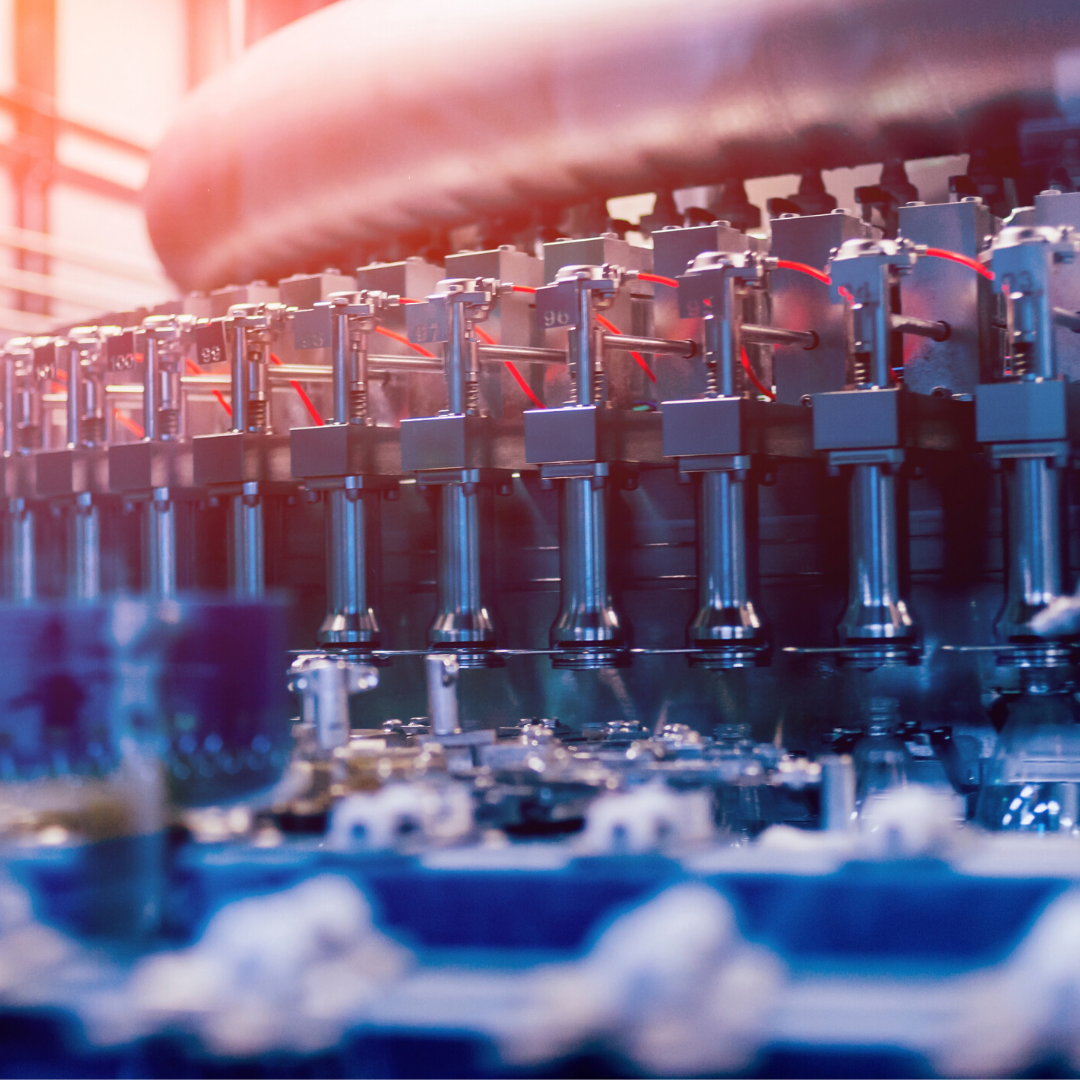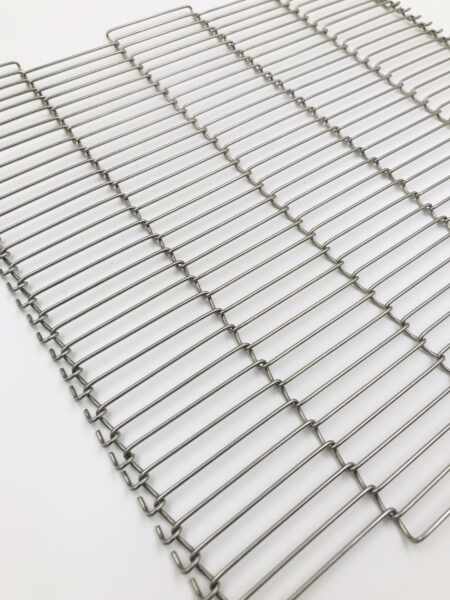Maintaining food safety and quality is paramount in the food manufacturing industry, and conveyor belt cleanliness is a critical aspect of these standards. Conveyor belt systems touch virtually every stage of the food production process, making proper cleaning and sanitation crucial to prevent cross-contamination, bacterial growth, and potential foodborne illnesses. By implementing a detailed cleaning and sanitation program for your conveyor belt system, you can uphold the highest food safety levels and ensure regulatory compliance within your manufacturing operation.
In this article, we will delve into the importance of conveyor belt hygiene and identify the essential cleaning and sanitation practices to safeguard food quality. We will discuss various cleaning methods, explore factors to consider when selecting food-safe conveyor belt materials, and outline effective sanitation programs that adhere to regulatory guidelines. Gain insights into time-tested methods and industry best practices to maintain impeccable conveyor belt hygiene for food manufacturing operations.
Effective Conveyor Belt Cleaning Methods
There are various cleaning methods to suit different conveyor belt systems and food manufacturing requirements. Popular conveyor belt cleaning techniques include:
1. Dry Cleaning: Employing brushes and compressed air, dry cleaning helps remove dry debris, dust, and particulates from conveyor belts. This method is best suited for dry food manufacturing environments or as a pre-cleaning measure before wet cleaning techniques.
2. Wet Cleaning: Water and food-safe cleaning agents are used in wet cleaning methods to eliminate residues, oils, and food particles from the conveyor belt. For sensitive food products or locations with increased risk of contamination, wet cleaning methods are necessary for thorough sanitation.
3. Foam Cleaning: Foam cleaning utilises a combination of water, cleaning agents, and compressed air to create a dense foam that can effectively penetrate complex conveyor belt structures. This method is ideal for systems with hard-to-reach areas, as foam can effectively clean crevices, corners, and small gaps.
4. CIP (Clean-In-Place) Systems: Advanced conveyor belt systems may incorporate integrated CIP systems. CIP automates the cleaning process, reducing labour and ensuring repeatable results. These systems are especially useful in large or complex conveyor systems, offering a more efficient and consistent approach to cleaning.
Selecting Food-Safe Conveyor Belt Materials
When designing a conveyor belt system for food manufacturing operations, selecting food-safe materials is crucial for maintaining hygiene and minimising the risk of contamination. Consider these factors:
1. Food-Grade Materials: Opt for materials certified as food-grade to ensure they can safely come into contact with food products. Common food-grade materials include stainless steel, FDA-approved plastics, and nylon materials. Avoid materials with high corrosion potential or those with toxic additives.
2. Smooth Surfaces: Select conveyor belt materials with smooth, non-porous surfaces that are easily cleaned and will not trap food particles or bacteria.
3. Temperature Resistance: Consider the temperature requirements of your food manufacturing process and choose materials with high-temperature resistance for hot processing or heat-cleaning applications.
4. Chemical Resistance: As various cleaning agents and sanitising solutions will be used, ensure conveyor belt materials are resistant to the chemicals employed in your cleaning and sanitation program.
Implementing a Conveyor Belt Sanitation Program
Developing and implementing a comprehensive sanitation program for your conveyor belt system will ensure adherence to food safety and regulatory guidelines. Consider the following steps when creating your program:
1. Procedure Documentation: Document the cleaning and sanitation procedures, outlining the steps, methods, equipment, and cleaning agents to be used. Ensure all staff responsible for conveyor belt hygiene are trained in these procedures.
2. Frequency and Scheduling: Determine the frequency and schedule for cleaning and sanitation based on production schedules, known risk factors, and regulatory guidelines. Establish regular cleaning intervals, and account for periodic deep cleaning and inspections.
3. Monitoring and Verification: Implement measures to monitor and verify the effectiveness of your cleaning and sanitation program. Employ testing methods, such as swab testing and visual checks, to ensure cleanliness and confirm compliance with food safety standards.
4. Cleaning Equipment Maintenance: Regularly inspect and maintain cleaning equipment to ensure optimal performance. Provide ongoing staff training to ensure proper handling, storage, and disposal of cleaning equipment and chemicals.
Achieving Optimal Conveyor Belt Hygiene for Food Manufacturing Operations
Maintaining optimal conveyor belt hygiene is essential for food manufacturing operations to uphold food safety and regulatory compliance. By implementing an effective cleaning and sanitation program, utilising appropriate cleaning methods, and selecting food-safe conveyor belt materials, food manufacturers can maintain an efficient operation, enhance product quality, and minimise risks associated with food contamination.
Conclusion
Safeguarding food quality by maintaining impeccable conveyor belt hygiene is crucial for the success of food manufacturing operations. Thorough cleaning and sanitation processes not only ensure regulatory compliance but also foster consumer trust in the safety and quality of the end product. By investing in effective cleaning methods, selecting food-safe conveyor belt materials, and implementing a comprehensive sanitation program, food manufacturers can reap the benefits of optimal conveyor belt hygiene and safeguard their operation’s reputation for quality and safety.
Establish a gold standard for conveyor belt hygiene in your food manufacturing operation with the expertise and tailored solutions provided by Change Parts Pty Ltd. Our team is committed to helping you select the ideal conveyor belt and design a customised sanitation program to ensure your operation maintains the highest level of food safety and regulatory compliance.




